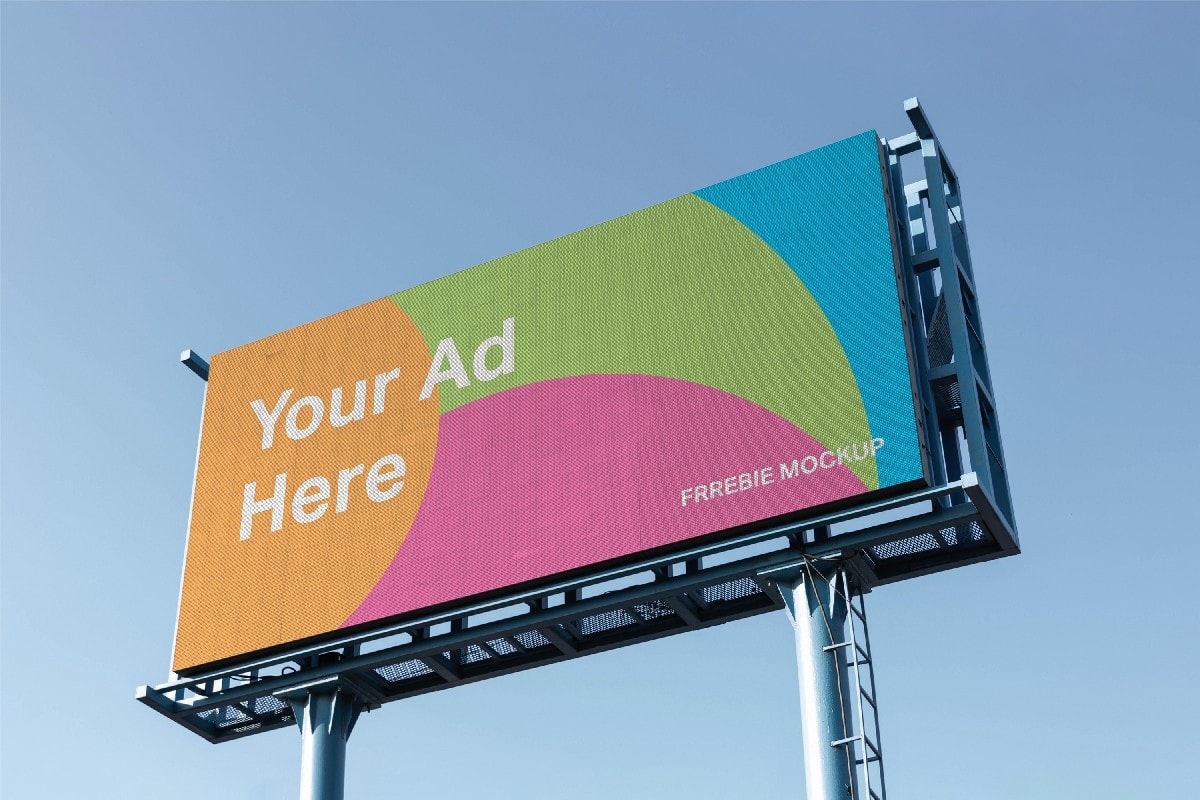
Image Advertising - Meaning, Benefits, Objectives, Examples
Image Advertising – Meaning, Benefits, Objectives, Examples
March 6, 2020 By Hitesh Bhasin Tagged With: Advertising
Image advertising can be understood as a form of native advertising in which ads are placed on the images on web pages or the internet.
Image advertising offers less intrusive and more native exposure to ads in comparison to the standard display ads. In this article, we will be talking about what image advertising is, and why it is considered useful for the businesses that want to optimise their presence on the web.
So, without any further ado, let us get started-
Table of Contents
Introduction to Image Advertising
A company’s task is to manufacture products and deliver them to the customers as per their needs. This paves their way to meet the desired goals. To sell the products, it is necessary to convince the customer that they need it.
Now, it is well known that acquiring new customers is a more robust function than maintaining an existing customer. The salespeople need to make sure that the product meets the buyer’s demands to convince them.
Once the product fits in, a customer needs to be persuaded.
Image advertising is the process of this. It intends to create a mental picture of the product or service in the customer’s mind.
In image advertising, your images will be placed on the websites through a platform. Some of the networks or platforms that are used for image advertising are-
- Imonomy
- GumGum
- Inuvo
- Vibrant Media
- PopMarker
- Znaptag
Let us now dive deep into image advertising and understand the whole idea behind using such kinds of advertising-
The ideology behind Image Advertising
Image advertising focuses on drawing a parallel between the product or service and specific values.
The underlying ideology of image advertising is to first, improvise brand awareness of the customer, then, help in making them familiar with it and lastly, induce a consultation of that knowledge into actual purchase.
If image advertising is to be done for a product, then, the creation of a particular image based on its visual appeal is done. It can also be done for a company or brand. It cannot be mixed with advertisements.
While image advertising is about creating an image for the product to be offered to attract customers, advertisements are more about highlighting specific facets of an entity. The image created can be of any form, be it luxury, reliability, style, trust or ruggedness.
The objective of Image Advertising
The main objective is to make the customers keen on the product and at the same time, develop an urge in them to even try it.
This way, the consumers get a blur idea about the product or service without being acquainted with its features. This, on the part of customers, plays a crucial role at the time of purchase.
Even though it looks natural and straightforward, it is not. A lot of marketing strategies go in with it to please all kinds of audiences. It requires vigorous thought processing to come up with a great image idea that would appeal to the audience and intrigue them.
Psychological effects of Image Advertising
When we see an image, our mind passes the information to the brain, and that is how the brain tends to remember the image displayed in front of the eyes. This creation of an informational effect in the brain by looking at the image is known as the psychological effect.
Our psychology remembers everything that attracts our eyes and stores this information for the longer run.
This stored information helps in creating awareness about the message or product that is visible to the eyes and hence intrigues the person to want more and more of that image.
As a result, the person tries to gather more information about the product present in the copy of the advertisement, which is the sole motive of every ad. Image advertising can also be beneficial to communicate with those people who cannot read or hear.
Hence, it can be seen that image advertising is the best way to create brand equity amongst the people and keep them hooked for a more extended period by giving them the urge to want more and more from the advertisement.
Benefits of Image Advertising
In today’s world where the market is flourishing with creativity and searching for quality from the flooded creation, Image Advertising is proven to be a better and impactful way of advertising to reach the masses even to where the words cannot reach.
Hence there are a few benefits of Image Advertising as listed below:
1) Creates Brand Awareness
Image advertisements represent brand and products under that brand which gets identical in the eyes of the person coming across the ad. This, in return, creates the brand equity of the product, and people start buzzing about the product, which is the sole motive of image advertisement. This is how Image Advertising creates Brand Awareness.
2) Creates a broader reach for the product
Image Advertising reaches to the masses, even where words cannot flow. Image is the only way to communicate the idea and objective of the brand and product formation. Therefore the Campaigns are made with a combination of information and connect of creativity which is the only way to create awareness in a wide range every section of the market.
3) Attracts customers
There is massive competition among the markets where everyone is trying to build and attract customers with some or other creative steps. Image Advertising is, therefore, a hooking point where a customer can get invited to the creativity of the advertisement if it is placed uniquely.
For example, if we see the advertisements of digital mediums like Netflix, it creates a great relationship with its viewers by connecting with them in a manner of relatable, candid conversation yet passing all the information needed to promote the show.
4) Visual Pleasure
Today, everything is online, and therefore, it becomes difficult to satisfy people or hook their attention to written advertisements. Hence, Image advertisements serve the need of the hour by passing information through an image, which takes lesser time and gives visual pleasure to the viewer.
Examples of Image Advertising
The purpose of image advertising is to publicize the product as well as the company and allure people into buying products.
To have a good influence, three key characteristics that must be followed religiously are consumer awareness, conscious awareness and finally, the use of information about the customer purchases.
There are a lot of examples of image advertising that we experience in our day to day lives. Many can be seen on the big hoardings put alongside highways.
Some of the examples are like that of Honda, Mac, Bacardi, and Adidas, Quit smoking, etc.
For instance, in the image advertisement for Apple’s Mac, the company has used words like “cool” and “uncool” to differentiate between their product and other products. This is their marketing strategy and baits for people.
Thus, the image needs to speak for the product to be self-sufficient to sell itself.
Image Advertising Wrap Up!
Image advertising is an essential part of promoting a product or service.
Though the brand name and product features are sometimes enough to attract an audience but providing it with a whole different perspective by visualizing, it adds to the success rate.
Hence, image advertising, not only proves to be suitable for raising numbers for a company but even improves the reputation and the market value of the company in the industry by giving the products a new and enhanced outlook.









